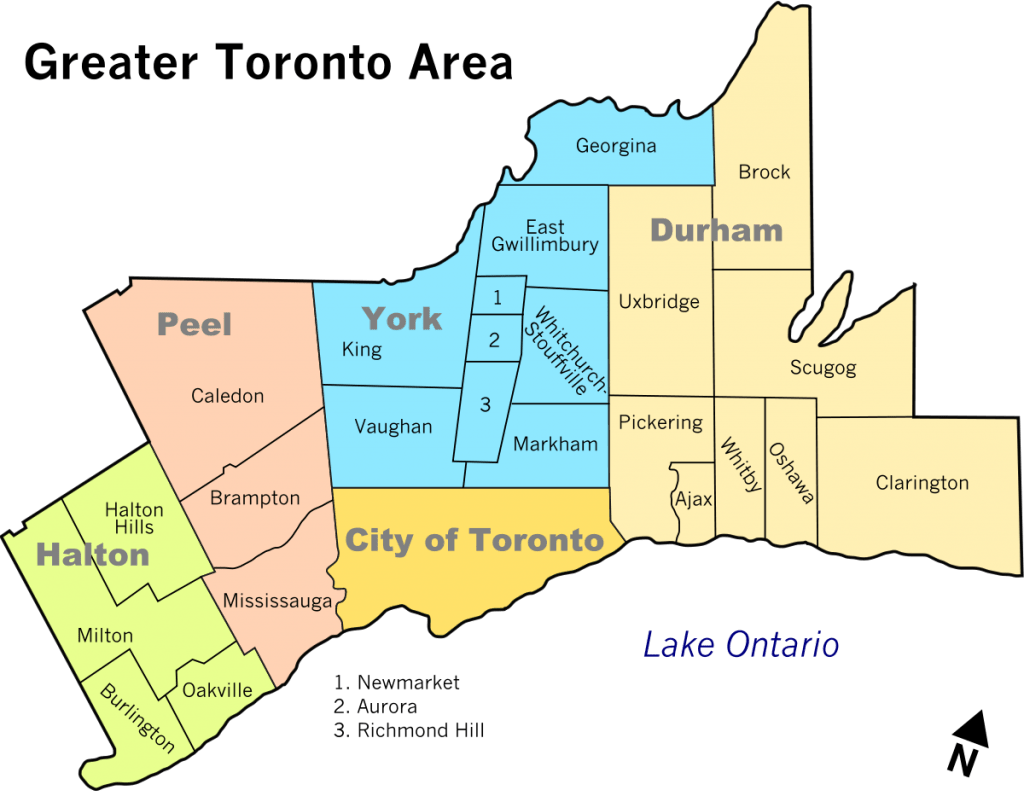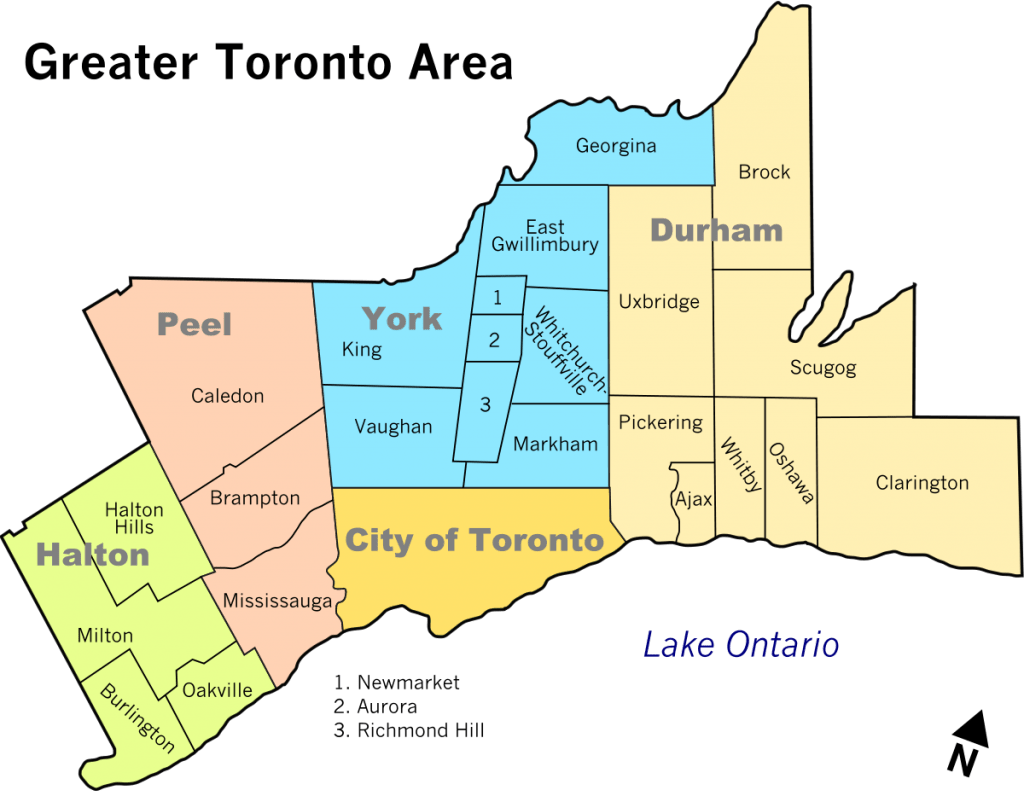By Quintin Johnstone, CEO Riskboss
In November 2019, Riskboss Magazine received an on-line question from Sandy Biback. Sandy is a member and the Founder of Meeting Professionals Against Human Trafficking (MPAHT). Since 2017, MPAHT focuses awareness and education to human trafficking routes such as hospitality organizations and similar venues. MPAHT reports that worldwide, 21 million people are victims of forced labour that generates $150 billion dollars in illegal profits. Of those exploited, 4.5 million people are forced into sexual
exploitation. Sandy asked Riskboss Magazine a simple question, “What is the condominium industry doing about identifying human trafficking?”
Riskboss Magazine immediately reached out and promised Sandy that, despite the content being already set for this edition, we would include this additional article given the importance of the issue. When interviewed, Sandy advised that her and her colleagues are doing as much as possible to highlight what is happening.

Sandy offered the following, “We know human trafficking is an overwhelming tragedy in our world and it seems insurmountable. If each of us becomes aware of what to look for and what to do if they see something, we can change the tide in our circle and that circle widens with each reporting.”
The hospitality industry such as hotels and motels were, and still are, a safe haven for human traffickers. For example, Blue Mountain Resorts in Collingwood, Ontario fell victim to human labour trafficking. A police pre-dawn raid in February of 2019 led to the rescue of 43 victims predominantly from Mexico being used as unpaid service workers. Police called it, “Modern day slavery.” This incident highlights that human trafficking is not always about the sex trade and is literally in our own backyard.
Human trafficking is no longer limited to the hospitality industry. For example, on October 10, 2019 a large residential condominium community in the City Place neighbourhood of Toronto and several others around the Greater Toronto Region (GTA) woke up to their new shocking reality. Media reports told of, “Massive human trafficking bust takes down alleged pimp kingpin in Toronto.” Police services from York Region, Toronto and even Montreal were involved in these raids. Now stigmatized, these condominium communities that had been used for the purposes of human trafficking now have to deal with the aftermath. It was completely under the radar and, “In their Community.”
This year marks a very important time for Toronto as it culminates in years of prolonged and sustained residential condominium growth. This year Toronto will become the city with the largest number of residential condominiums in the world by volume. Shocking but true, Toronto now has more condominiums than Manhattan, Vancouver, Hong Kong, Dubai, Singapore, Miami, Rio De Janeiro, Los Angeles, London, Paris and yes, any other city in the world. With that comes obvious opportunities for would-be criminals to capitalize on weak risk identification/mitigation processes in condominium communities that includes identifying human trafficking. Most condominium communities are ill prepared to detect and deal with such activities.
Although unregistered and illegal short-term rentals play a very big role for human traffickers, longer-term tenancies in condominiums have also been linked as a common method for criminals apply their trade. This is due in part because residents in most urban condominium communities remain anonymous to other neighbours. Anonymity in condominium communities is the new lifeblood for human traffickers. Illegal access fob copying services also play an integral role for such activities.
Reliable GTA police sources advised Riskboss Magazine that some, “Smarter-than-most” criminals actually rent three or four condominium units in the same building or in neighbouring buildings and register under different names. One to live in, one for drugs, one for guns and one (or more) for victims of human trafficking. This makes it harder to detect and definitely harder for police to obtain search warrants.
During a recent study of a large downtown Toronto higher-end residential condominium, Riskboss analysts found a common bawdy house being used and openly marketed on the Internet and unbeknownst to anyone, even neighbours. This bawdy house was being operated in two shifts with multiple Johns per day posing as building, “Visitors”. Many such operations use prostitutes that have been trafficked.
In the mid 1980’s, I was part of a Toronto Police Service Task Force called, “Project JJ” (Project Jack and Jill). Project JJ was designed to focus attention on local prostitution in a multiphase strategy of hitting John’s through enforcement but also, working with both female and male prostitutes to identify their pimps and provide these victims with much needed support. The courts and social services were also heavily involved in the project.
There have been many such successful projects around the world; however, these projects take a lot of time and resources and are largely reactive in nature. Efforts through grass route organizations such as MPAHT are highly effective through preventative education and process related measures. Such efforts are very important because it saves a lot of woman and men from the tragic outcomes of sustained abuse, and quite often before it occurs in the first place.
The City of Toronto recognizes human trafficking as a very real concern. On June 18, 2019, City Council adopted the report that outlines a number of actions that the City proposes to take, in collaboration with other agencies, corporations and divisions to support survivors of human trafficking. Other cities local and worldwide have taken similar stances on human trafficking.
Probably the most knowledgeable person about human trafficking is Gary Ellis, PhD. Currently Dr. Ellis is the Program Head for Criminal Justice Studies at Guelph, Humber University, in Toronto. He is a retired Superintendent from the Toronto Police Service, having served as the unit commander of the Homicide Squad and the Sex Crime Unit among other units. I first met Dr. Ellis when we both worked in Toronto Police Service in downtown 52 Division walking the Yonge Street beat together. Downtown Toronto was a much different place then.
In 1981, Gary was awarded by the Toronto Board of Trade with the prestigious Police Officer of the Year Award for repatriating a young victim of human trafficking with her family in British Columbia. Dr. Ellis had an incredible early start to his life-long passion to bring to light the human trafficking plague on society. Gary routinely travels around the world to provide sage advice to governments, police organizations and other institutions and is a regular guest speaker on the topic.
According to Dr. Ellis,
“Human trafficking takes on many forms that includes forcing others to work in forced labour to the sexual abuse of all ages, genders, races, and cultures; including child abuse. The bottom line is it is slavery forced on the most vulnerable in society who are made to do unimaginable things against their will. This is not only a Toronto issue, it is a global humanity issue that is being enabled by modern technology. Those who benefit from this are by definition very often organized criminals, through low level opportunists also will force others into this lifestyle.
Toronto, being a global city, and a refuge for the most vulnerable, has unfortunately become one of the hubs of human trafficking. In many ways it has become ‘our hidden crime-our hidden shame.’ Condo’s, as has been mentioned in this article, have become a common venue where the activities surrounding human trafficking take place.
Vigilant and aware management, informed and caring security, and the condo dwellers/owners’ interest in protecting your community and your investment are a good start to doing the right thing. This article makes some helpful suggestions and gives you tips on how you can be part of the solution.”
The cure to the long-lasting world-wide problem of human trafficking is not a one step or fast solution and police cannot be the sole source as the cure. It requires a lot of effort through multiple channels to address the issue. It is clear that condominiums have become the latest another safe haven for human traffickers. Clearly, organizations directly and indirectly involved with such communities need to focus their energy and be alert to this problem. Adding condominium community service providers and associations to the long list of organizations fighting human trafficking will go a very long way to help.
The discussion will not end with this article and neither will the problem. Riskboss Magazine hopes to assist by providing some help to Board members and property managers who govern condominium communities by way of effective tools that will assist in early identification and prevention of human trafficking.
Using the following step-by-step guide will assist:
- Build robust Condominium Building Rules that assists to govern resident behavior and that holds landlords accountable for tenancies
- Ensure all residents of suites are registered prior to occupation and prior to receiving access fobs
- Ensure all site access fobs are registered specifically to individuals
- Conduct annual fob audits
- Use a Illegal Fob Copy Prevention Program (A Photo-to-Fob System) highlighting real time use of illegal access fobs and when fobs are being used by unregistered residents
- Hold landlords accountable for providing proper leases, tenant insurance and identification prior to allowing access to service move-in elevators and prior to activating access fobs
- Deactivate all access fobs with residents move out immediately
- Engage resources to conduct a weekly on-line vulnerabilityanalysis regarding unregistered and illegal short term rentals
- Create a robust plan for dealing with unregistered/illegal short term rentals
- When conducting in-suite HVAC and fire alarm inspections, ensure staff are well trained in identifying telltale signs of human trafficking and other criminal activity
- Ensure all condominium service providers receive training on human trafficking awareness
- Have security report any unusual frequency and high volumes of unfamiliar, “Visitors” to suites
- Have local police attend and present a Community Safety Town Hall Meeting educating residents
- When observing something unusual, document it, back up CCTV footage and report it to police or Crime Stoppers immediately
In short, get involved, be involved and remember, if something doesn’t meet the smell test, it usually means a lot of trouble is
coming your way down the road in the future. Sandy has some sage advice for those who want to help,
“If you see something, say something. If you are wrong, that that is okay. If you are right, you can save a life. I think the other important thing is that people need to understand that every little bit of awareness helps.” As a starting point, attend one of the local events for MPAHT Awareness. Regularly held events can be found www.mpaht.com.
